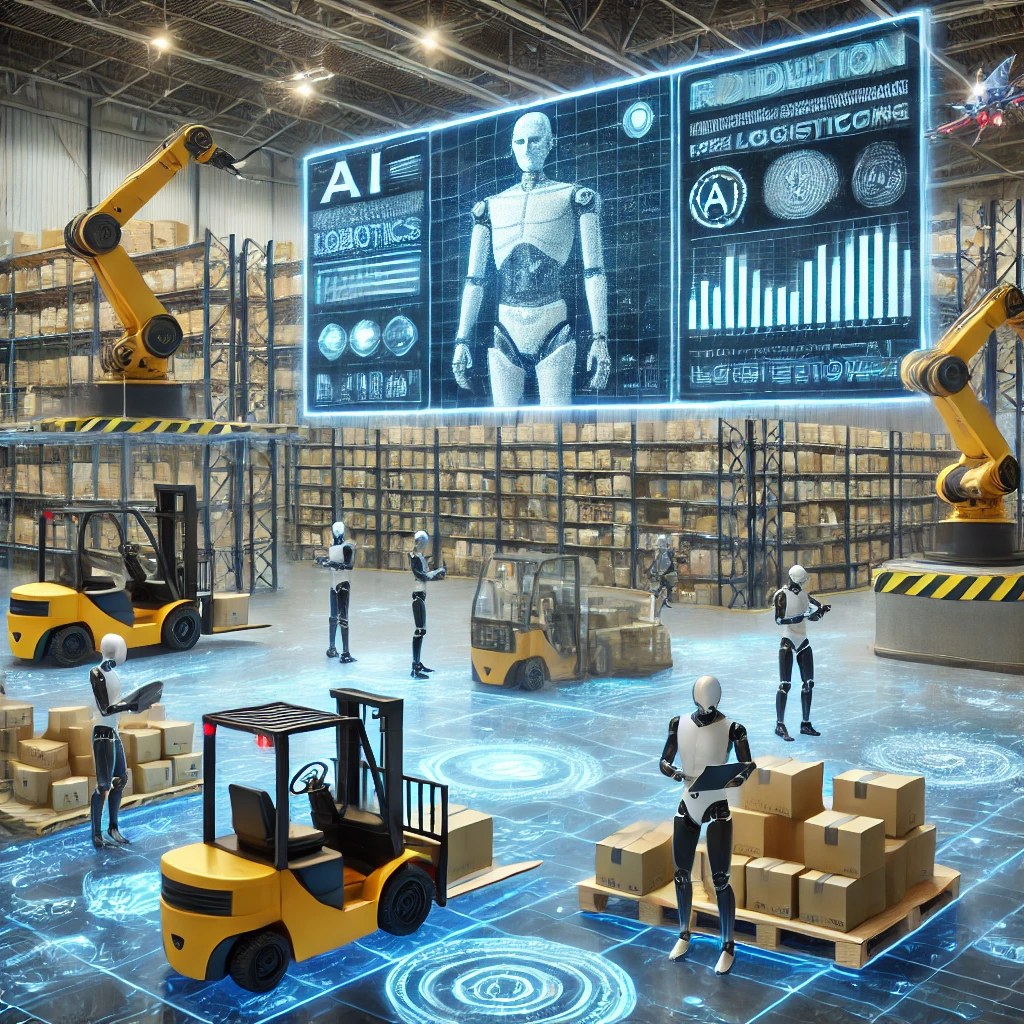How Robotics Has an Impact on Supply Chain Management
Robots are changing how companies handle their supply chains speeding up work, boosting productivity, and cutting costs. From storing goods to moving them around, machines are key to making the whole supply chain better. Let’s look at how robots are shaking things up in different parts of the supply chain in a way that’s easy to grasp.
1. Robots in Warehouse Automation
Robots are changing the game in warehouse automation. They handle jobs like sorting, picking, and packing stuff making sure items move around . Self-driving vehicles like AGVs and AMRs play a big part by moving goods across the warehouse. This cuts down on human help and speeds up the whole process.
Key Points:
- Robots boost speed and accuracy in inventory jobs.
- Machines work non-stop cutting out human mistakes and slowdowns.
2. Quicker Order Fulfillment with Robotics
In e-commerce and retail fast order fulfillment matters a lot. Robots make picking and packing customer orders easier, which speeds up the whole process. These machines work together with human staff boosting the efficiency of order fulfillment. This means orders get packed and shipped faster, cutting down delivery times and making customers happier.
Key Points:
- Robots help pack and ship orders faster.
- They make sure orders are filled , cutting down on mistakes.
3. Robots for Heavy Lifting and Material Handling
Moving heavy stuff in warehouses and factories can put workers at risk. , robot arms and conveyor belts are built to shift big loads and . These machines do the heavy lifting, which cuts down on workplace injuries and speeds things up. When robots tackle the risky jobs, humans can turn their attention to more important work.
Key Points:
- Robots excel at handling heavy and risky tasks.
- They boost safety by easing the physical strain on workers.
4. Improving Inventory Accuracy
Robots are making inventory management better by keeping track of stock levels . They have sensors and AI that watch inventory in real time, which lets businesses make quick smart choices about restocking and handling orders. This accuracy helps companies avoid having too much stock or running out, which can cost them money.
Key Points:
- Robots track inventory in real time.
- Good inventory management lowers the risk of having too much or too little product.
5. Faster Deliveries with Robotic Transport
Robotics is changing how we move goods around. Companies are trying out drones and self-driving cars to get products to people faster. These robots shine in “last-mile deliveries,” where every minute counts. By using robots to transport stuff, businesses can deliver things quicker and more meeting what customers want in no time.
Key Points:
- Drones and self-driving cars cut down delivery times.
- Robots make last-mile delivery quicker and more on time.
6. Collaborative Robots (Cobots) in the Supply Chain
Cobots short for collaborative robots, are built to team up with human workers rather than take their jobs. These machines lend a hand with jobs that need precision and repetition, like packaging, palletizing, and loading. Cobots boost productivity by taking care of repetitive and boring tasks, which lets human workers zero in on more complex and strategic duties. This teamwork helps to improve efficiency and safety on the job.
Key Points:
- Cobots team up with human workers to increase productivity.
- They handle repetitive tasks, which frees up human workers to focus on more creative or complex work.
